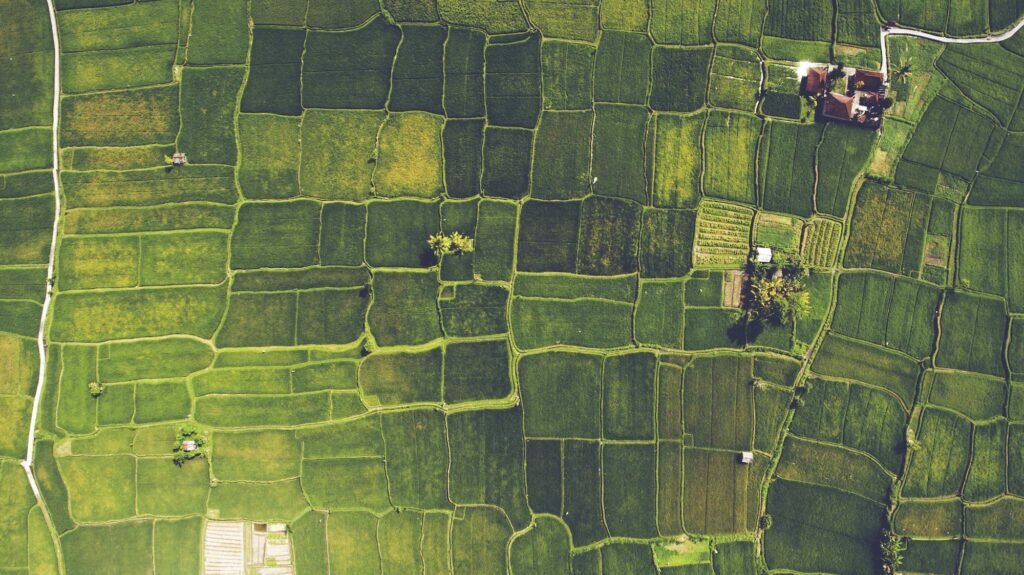What’s the problem?
Providing for us all, but running out of power, planet Earth is in danger.
The way we eat today and all the associated activities needed to support this, is the single most detrimental thing us humans inflict upon the environment in which we live.
And unlike many other things, we cannot choose to not eat.
We must change course now and start reshaping the food system towards one that can support a well-nourished world population on a thriving planet.
This is perhaps the greatest challenge of our time, the Food Planet Challenge.
